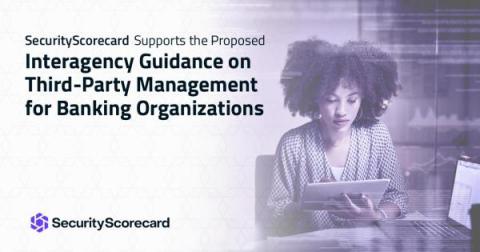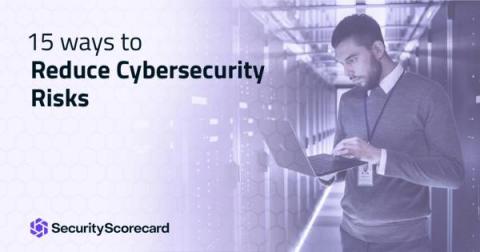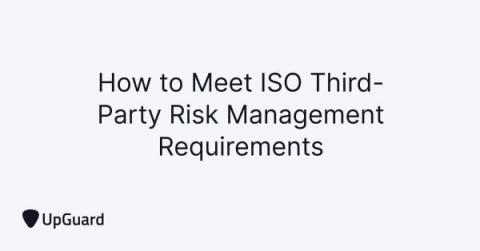SecurityScorecard Announces Plan to Train & Certify 25,000 Supply Chain Risk Professionals
Cybersecurity threats are on the rise. Over the past year, we’ve observed a 148% increase in ransomware attacks and an 85% increase in phishing attacks targeting remote users. Worse still, these attacks are growing increasingly sophisticated, with threat actors using eight or more vectors in the same attack, often deploying multiple vectors within minutes of one another.







